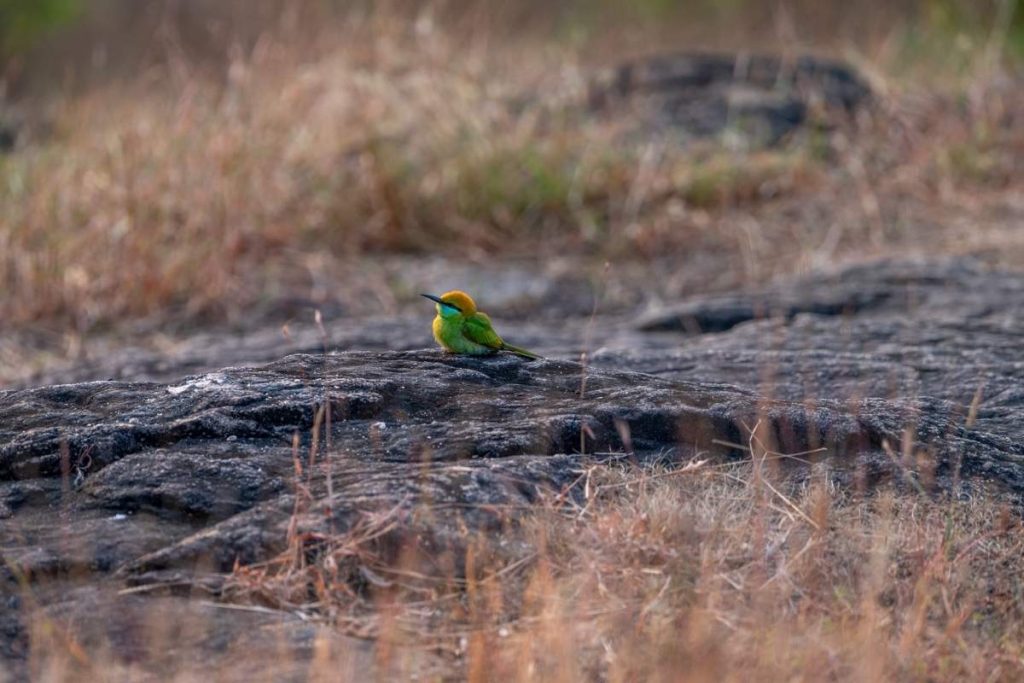Bee-eaters, a group of 31 species from the family Meropidae, are brightly colored birds found mostly in Africa and Asia, feeding on flying insects like bees and wasps. These social birds nest in colonies, typically in sandy banks.
Three genera and thirty-one species make up the family Meropidae, which includes the bee-eaters.A small number of species inhabit southern Europe, Australia, and New Guinea, whereas most live in Africa and Asia. Their thin bodies, highly colored plumage, and typically extended center tail feathers distinguish them. Furthermore, all have medium to long wings, which can be either circular or pointed, and long downturned bills.

Swift Hunter With speed and grace, the bee-eater flies.
Typically, male and female bee-eaters have similar plumages. As their name implies, bee-eaters mostly consume flying insects, particularly wasps and bees, capturing them in flight from an open perch. They remove the stinger by continuously striking and rubbing the insect against a hard surface.

Serene Watch Resting, yet ever watchful of its surroundings.
The insect releases the majority of its venom during this procedure when it experiences pressure on its body. The majority of bee-eaters are outgoing.

Resting Hunter Perched on a leaf, the bee-eater waits.
Numerous nest holes appear together because bee-eaters typically reside in colonies. Typically, a clutch contains five white eggs. Moreover, in the majority of monogamous species, both parents, along with the help of related birds in the colony, tend to their young. Additionally, bee-eaters can build dense colonies, loose colonies, or live as single pairs.

Dual Vigilance Focused on opposite sides, amidst lush greenery.
While medium-sized bee-eaters have small colonies, larger and migratory species nest in vast colonies that might number in the thousands, while smaller species tend to nest alone. Occasionally, multiple species of bee-eaters gather in colonies.

Patient Watcher Perched on a rock, the bee-eater watches.
In gregariously nesting species, up to five helpers may support breeding pairs. Additionally, in subsequent years, these birds may alternate between aiding and reproducing.
Copyrights : All the photos and texts in this post are the copyright of John Thomas and Creative Hut Institute of Photography and Film. Their reproduction, full or part, is forbidden without the explicit approval of the right owners.


